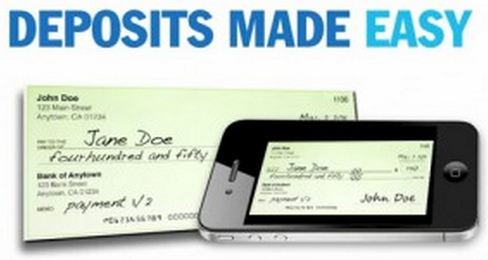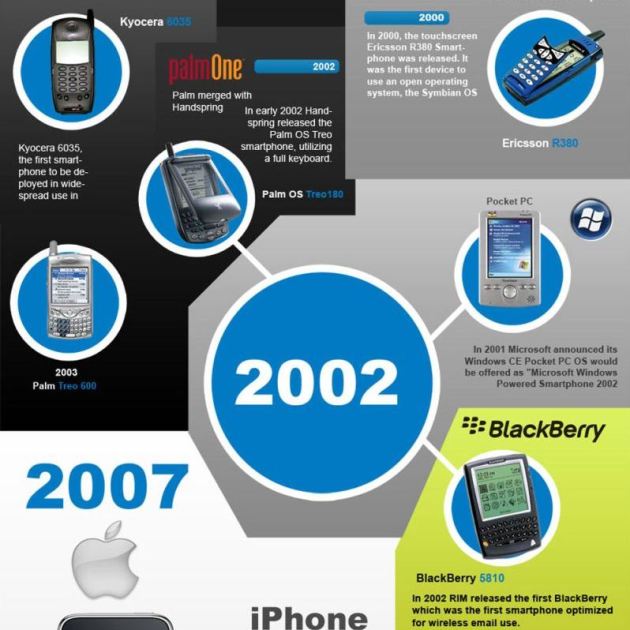The number of institutions that use Mitek Systems’ Mobile Deposit solution continues to grow. It seems that customers have gotten a lot more cozy with their mobile devices since Chase made a splash with remote checking — and it seems competing financial-services companies are now starting to catch up with their own high-tech options.
E*Trade will launch remote check deposits on the iPhone in December and on Android devices early next year. The online brokerage follows its larger rival, Charles Schwab, which started offering the feature on both devices earlier this year. The nation’s biggest bank, Bank of America, is reportedly readying to roll out mobile deposits early in 2012, and ING Direct, which has been teasing customers by hinting at a launch date all year, says it has developers working on the app but cannot disclose an estimated time of arrival. In case you are not familiar with the Mobile Deposit, it is the Gold Standard mobile remote deposit capture feature that runs through mobile applications, developed by Mitek Systems and allows customers to deposit money into their accounts just by snapping a photo of a check using a smartphone. It’s quick, it’s revolutionary, and it’s starting to gain some serious traction
Although not the first to dip into the growing pool of app-based deposits, JPMorgan Chase is the first of the four big U.S. banks, including Bank of America, Citigroup, and Wells Fargo.Chase’s app, which followed less than a dozen others in the financial world, most notably USAA Bank’s in 2009, has seen a sharp uptick in demand this year as consumers become even more reliant on their smartphones. The app, which allows deposits of up to $2,000 daily and $5,000 monthly, has seen $1.5 billion in remote deposits since the start of 2011, and some $2.03 billion in deposits since it launched in mid-2010. The Wall Street bank was recently named “Best in Class” for mobile banking 2011 by Javelin Strategy and Research, beating out 24 of the largest retail banking financial institutions by deposits. The award highlighted its QuickDeposit and QuickPay services, the latter allows person-to-person transfers over the phone.
Meanwhile, the move by E*Trade, a New York-based online brokerage, is especially notable because customers currently have to mail a check or use direct deposit or transfer or wire money from an alternative account. Unlike Chase and BofA, which have thousands of branches around the country, E*Trade only has 28. Under E*Trade’s new app feature, investors will be able to add as much as $10,000 a day from any location, which is more than Chase, as long as they have a connection to the Internet.“From personal experience, this speeds up the entire process,” said Eric Johnson, a manager in the company’s mobile products division. Prior to remote checking, “I’d often leave checks in my wallet waiting to drop it off at a branch, or leave it on my desk, waiting to take the time to fill out a deposit slip and mail it in,” he said.
Besides the convenience it gives to customers, E*Trade says launching the innovative feature attracts customers and increases the chances they’ll use its other products. “We’ve found as customers become more connected, they become more engaged, which over time we believe has a positive impact on customer retention,” Johnson said. Today, close to 17% of all E*Trade’s unique logins are on one of its mobile platforms, and more than 3% only use mobile apps to access their E*Trade account, the company said.E*Trade will soon expand its app to include other features such complex options trading and mutual fund trading, the company said. E*Trade isn’t the first major brokerage to offer such a feature — Charles Schwab beat it to the punch earlier this year in an effort to reach skyrocketing demand for high-tech mobile features.
In a Schwab survey of 2,000 customers taken just before the summer, some 69% of Americans ages 18 to 44 showed interest in depositing checks using a mobile phone, citing convenience as the primary reason. According to that same Schwab poll, some 35% of Americans in that age group have used their smartphone for banking or investing activities, and most prefer to do so on their own time, particularly while at home, on vacation or during the weekend. When it launched the app this past summer, the E*Trade rival touted it was “one of the only financial services firms to provide its clients with integrated mobile deposit capabilities for both bank and brokerage accounts.”
On the consumer’s end it’s simple. A banker downloads an app that supports this service on their phone: Chase Mobile, Schwab Mobile, USAA Mobile or E*Trade Mobile Pro, among others.For Chase and E*Trade’s services, clients select which account they would like to deposit the funds, enter the deposit amount, take a photo of the front and back of the endorsed check, and hit “submit.” “Within 20 seconds you’re done,” Johnson said. The deposited checks immediately become void once accepted – and while E*Trade recommends customers retain checks for 45 days for their records, they technically can be destroyed once the transaction goes through. The system works similar to something called electronic check conversion, which is a term used to describe a process in which a check is simply used as a source of information, rather than the actual form of payment, according to the Federal Reserve. When a customer snaps a photo of a check, the system reads the check number, account number, and the number that identifies the financial institution. The information is used to make a one-time electronic payment from an account, which is called an electronic fund transfer, the Fed Reserve says.
While the entire process may only take a few seconds from the customer’s point of view, the deposits are still subject to standard hold times, just like a regular check. For E*Trade, if the deposit was made to a bank account, the first $200 would be made available for withdrawal immediately, then the next $4,800 would be available on the second day, with the remaining funds appearing on the fifth business day. For brokerage deposits, the funds will be available for investing on the fifth business day after posting to the account.
Read more: http://www.foxbusiness.com/personal-finance/2011/11/21/money-in-flash-literally-rivals-race-to-adopt-remote-deposit/#ixzz1f2fv0G8R















